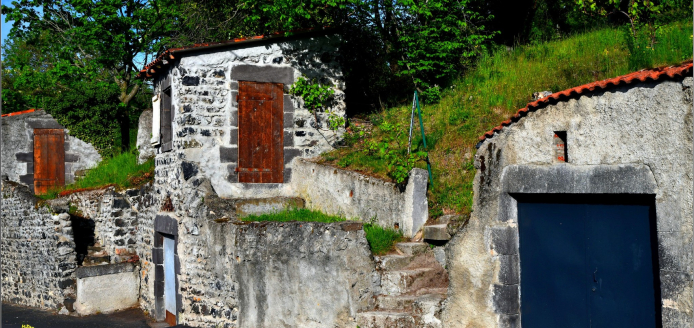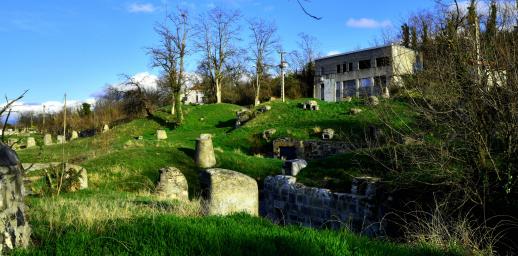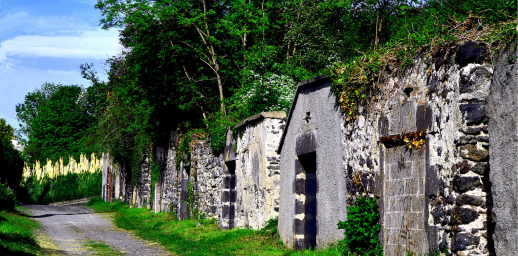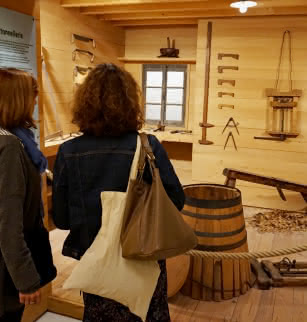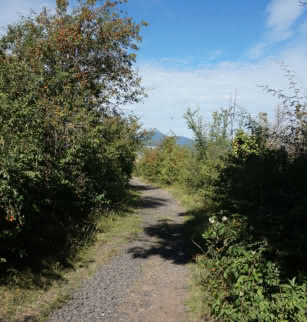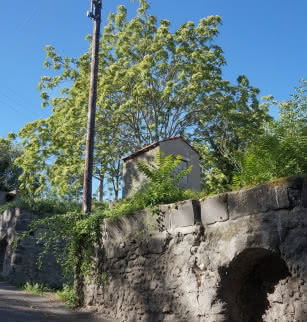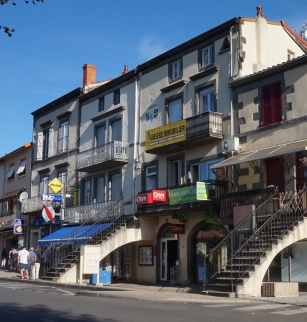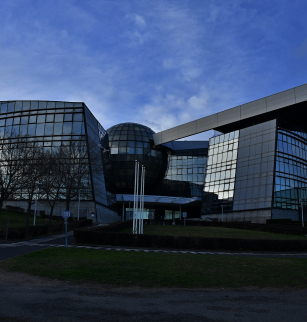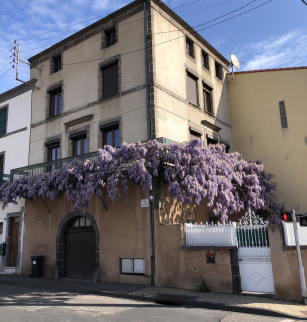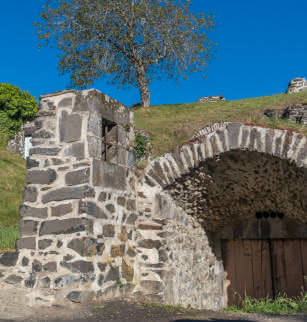Grandes caves
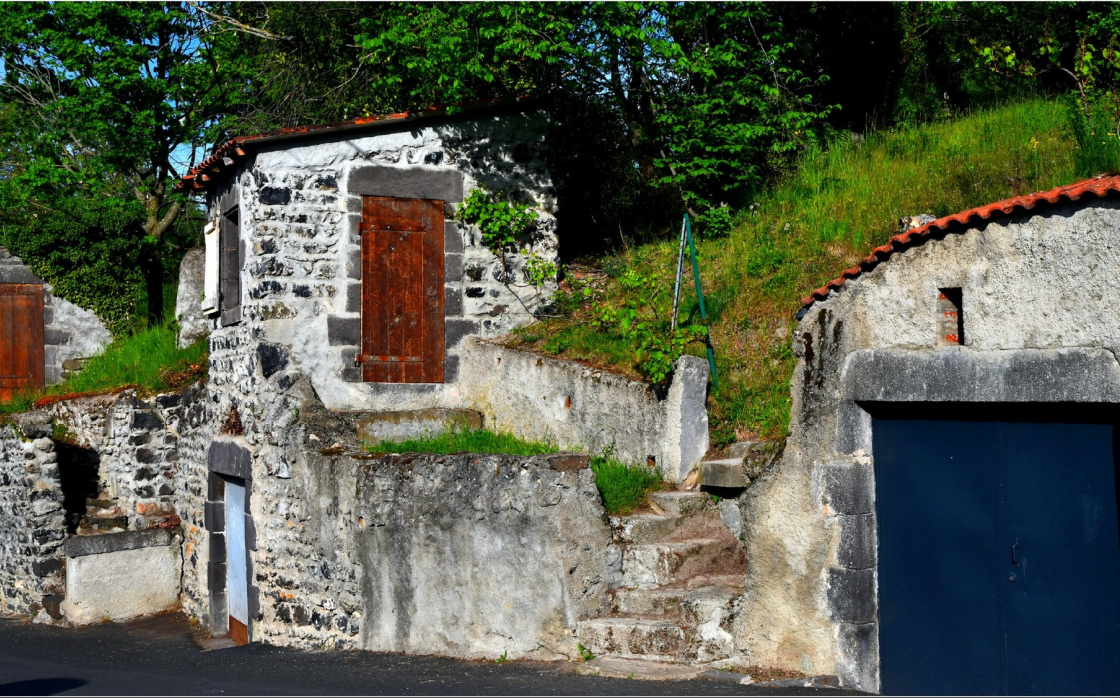
With over 900 caves, Aubière bears traces of a vine growing business that was once significant in the region. These caves fashioned outside the village were perfectly suited to storing wine.
Aubière has more than 900 caves, over an area of 3 hectares, intended mainly for storing wine. They are located outside the village due to the closeness of the water table which prevents them from being built beneath the houses. They are hollowed out on hillsides, the door placed downstream, with variable depth of several metres in order to reduce staircases and handling operations. They are vaulted to withstand the weight of the earth covering them. Buried in this way, they maintain a constant cool temperature of 10° C and high humidity, which is favourable to wine making. The caves are ventilated by a ventilation duct with an outlet at the surface.
After the arrival of phylloxera in the late 19th century, the wine growing business shrank drastically and many caves were reconverted for cheese ripening, including for Saint-Nectaire. At the peak of the district is a cinder block edifice, the former Savaron cheese dairy housing an extensive network, over several levels, created by connecting former caves.
Enthusiasts from the ASCA association for saving the Aubière caves have been working for several years now to protect them. Aubière has two other cave sites: Caves de la Croix de l’arbre, Rue Pasteur under Plateau des Cézeaux, and the Petites Caves, Rue de Pérignat, also under Puy d’Aubière.
The Musée de la vigne et du vin (wine museum), 24 avenue Jean Noëllet in Aubière, recounts the history of vineyards in Basse-Auvergne and their expertise, from planting to the wine making process.
Additional information
Visit of the exterior only.
Opening dates and times
All year round, daily.
Prices
- Free of charge.

